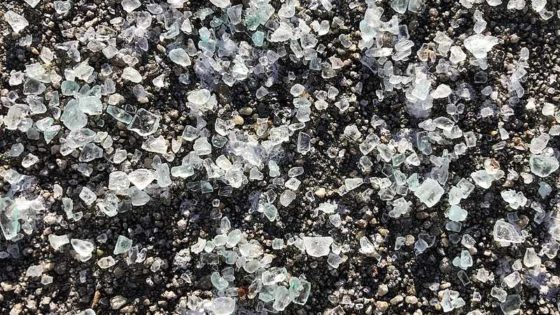FOR IMMEDIATE RELEASE: May 5, 2008
What: “Taking Stock of New York City’s Drinking Water” — A Public Program
The results of three groundbreaking studies about the 1997 New York City Watershed Agreement will be presented at a program produced by the Environmental Sciences Section of the New York Academy of Sciences.
These studies assess New York City’s programs to ensure water quality; outline the status of current water quality and provide a baseline for future water quality assessment; and review the economic impact of the 1997 NYC Watershed Memorandum of Agreement.
The public is invited to attend.
When: Thursday, May 15, 2008, 6:00 – 8:00 pm
Where: New York University – The Kimmel Center for Student Life
The Shorin Performance Studio (8th Floor)
60 Washington Square South at LaGuardia Place
New York, NY 10012
Media: Media are welcome to attend and photograph the event at 6:00 pm.
(New York City, NY) On May 15th 2008, the New York Academy of Sciences will host an event to address the impact of the 1997 NYC Watershed Memorandum of Agreement. Presenters from The Clean Drinking Water Coalition (CDWC), John Jay College of Criminal Justice and the Stroud Water Research Center will present their findings on the following: New York City Department of Environmental Protection’s (DEP) compliance with federal and state watershed protection requirements, the economic impact of the Agreement on the communities in the watershed, and an overview of trends in water quality in the NYC Watershed.
The Agreement — intended to protect the quality, affordability and availability of the drinking water of almost 10 million New York City, Westchester and Putnam County residents — has been hailed as an example of enlightened policy making. Under the terms of the Agreement New York City pledged to spend over $1 billion on programs designed to protect water quality and to strengthen the economies of the watershed communities. If these programs successfully protected the system’s water quality, the city could avoid building a federally mandated water treatment plant that would cost several billion dollars to construct and hundreds of millions of dollars a year to operate.
Representing The Clean Drinking Water Coalition, Cathleen Breen, Watershed Coordinator for the New York Public Interest Research Group (NYPIRG), will present the CDWC’s “report card” on the DEP’s compliance with all federal and state watershed protection requirements as specified in the 1997 Watershed Memorandum of Agreement and USEPA’s Filtration Avoidance Determinations. This “report card” examines how well the DEP is protecting drinking water supplies and working with partners in the Watershed. The CDWC is a partnership of NYPIRG, Riverkeeper, Inc. and The Catskill Center for Conservation and Development, all signatories to the Agreement.
Joan Hoffman, Professor of Economics at John Jay College of Criminal Justice, will present her study of the impact of the New York City Watershed Agreement on the economy of the counties in the watershed. Hoffman’s presentation will look at the economic trends in the watershed and compare them to trends in rural counties elsewhere in the state and nation.
Bernard W. Sweeney, Director of the Stroud Water Research Center, will present the Center’s findings from its six-year study of the NYC Watershed. The Center monitored 110 streams and rivers and 12 reservoirs to assess current water quality and sources of pollution — and provide a technical baseline for measuring future changes — in the streams, rivers, and reservoirs that supply New York City’s drinking water. The study was funded by a Safe Drinking Water Act grant awarded by the New York State Department of Environmental Conservation and the USEPA .
About the New York Academy of Sciences: Founded in 1817, the New York Academy of Sciences is an independent, nonprofit organization with more than 25,000 members in 140 countries. The Academy’s mission is to advance scientific knowledge, positively impact the major global challenges of society with solutions that are science-based, and increase the number of scientifically informed individuals in society at large. The Academy is located at 7 World Trade Center in Lower Manhattan, just blocks from where it was founded nearly two centuries ago.


